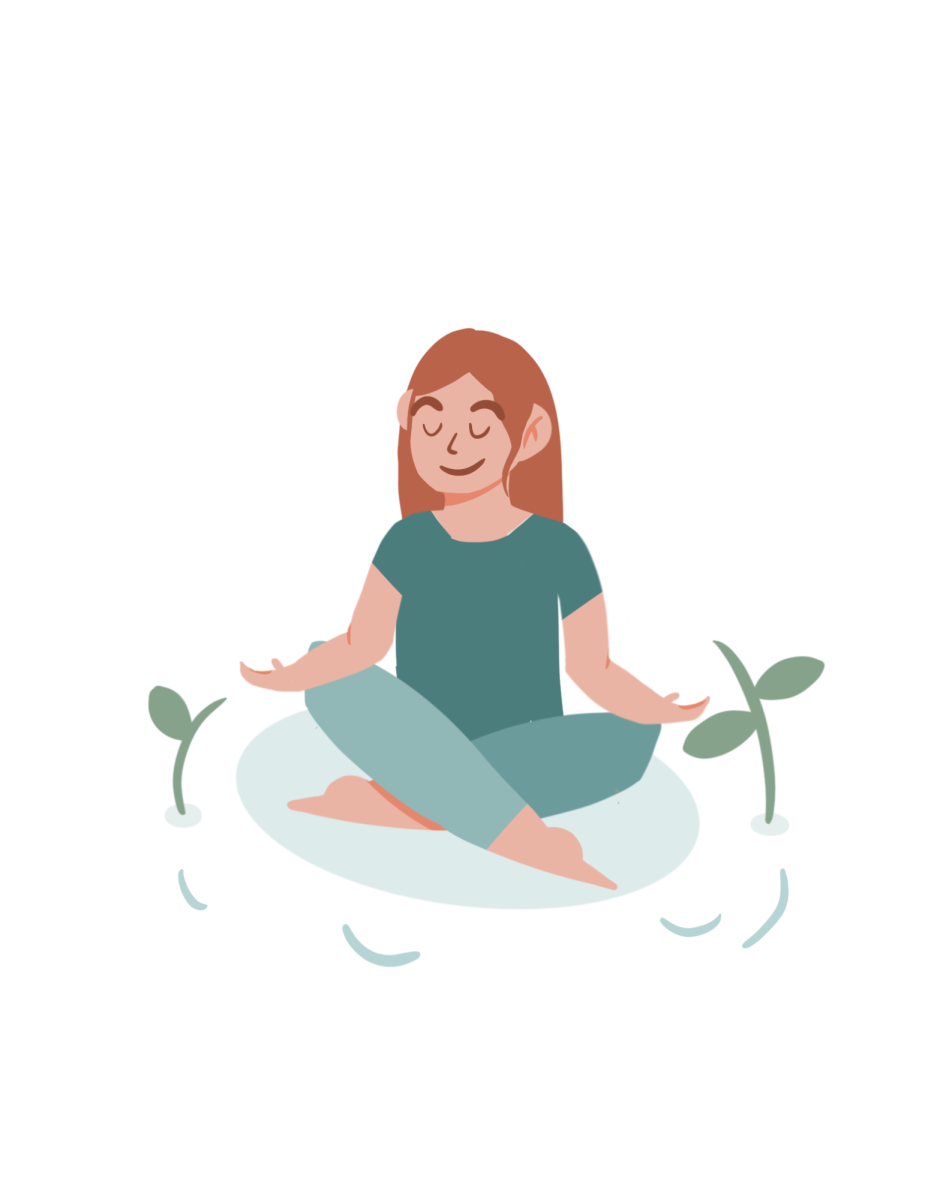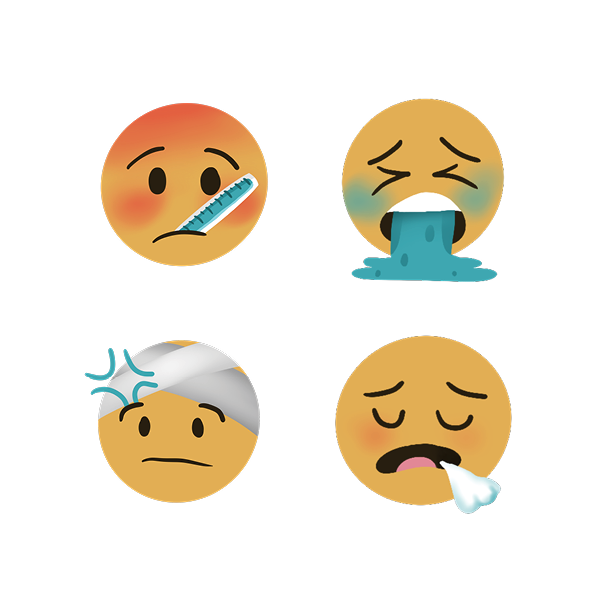What is seasonal depression?
The fall and winter seasons are often associated with holiday traditions and cheerful celebration. But for some, the grayer, colder days signify the start of a period filled with loneliness, fatigue and depression.
Seasonal Affective Disorder (SAD) is a form of depression that comes and goes with the changing of seasons, beginning and ending at about the same times each year. In most cases, SAD symptoms start in the late fall and go away during the spring or summer.
Symptoms may include:
- Extreme fatigue or lethargy
- Feelings of hopelessness or worthlessness
- Loss of interest in usually pleasurable activities
- Withdrawing from social interactions and events
- Increased sleeping and difficulty getting out of bed
- Decreased ability to focus or concentrate
- Weight gain and increased appetite
Risk factors for SAD:
-
Having an existing form of depression or bipolar disorder
-
Having a family history of SAD or other mental health disorders
What causes seasonal depression?
Reduced sunlight leads to:
- A lack of vitamin D
- Decreased serotonin and dopamine levels
- Changes in circadian rhythm
- Overproduction of melatonin
Myths about SAD
- “Seasonal depression only occurs in the winter.”
- Although SAD symptoms usually peak between December and February, they can start as early as September or end as late as April. Additionally, some people may experience depressive symptoms during the summer months, known as summer-pattern seasonal depression.
- “Seasonal depression is the same as having the winter blues.”
- It’s not uncommon for people to feel a decline in energy levels with the arrival of shorter days and chilly weather. However, with SAD, the change in seasons has a much greater effect on mood and energy levels, leading to symptoms that have a significant impact on day-to-day life.
SAD self-care
- Stay active and take care of physical health
- Stick to a schedule and maintain a healthy routine
- Try light therapy to increase seratonin
- Consider medication to treat symptoms
- Go outside and seek sunlight
Sources: Cleveland Clinic, Johns Hopkins Medicine, Michigan Medicine, National Institute of Mental Health








